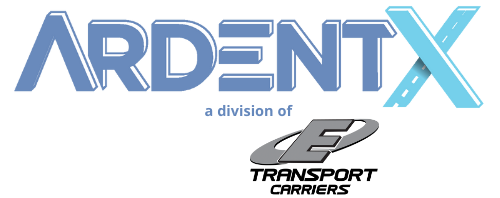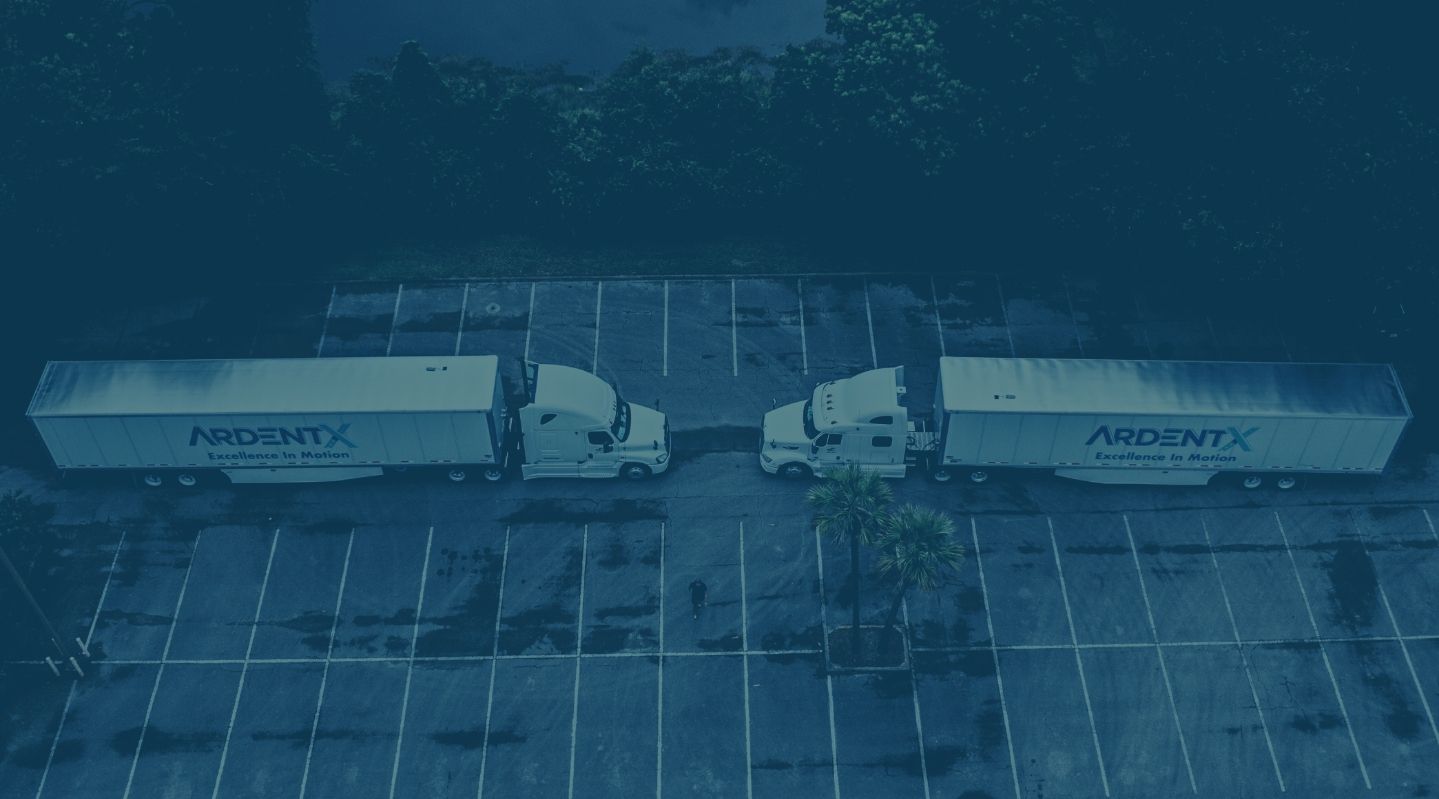
01 Dec A Guide to the Different Types of Cross-Docking
Found in logistics, cross-docking is a service used to eliminate the need for storage. When a semi-trailer pulls into a warehouse location and materials from the trailer are loaded directly onto another vehicle, it’s known as cross-docking.
The process will happen in the docking terminal and can include several different types. Cross-docking helps to eliminate the need for storage, or at least minimize it, in an effort to move goods faster and more efficiently.
If you’re considering using cross-docking, it’s important to understand the different types. Let’s look at the main types of cross-docking you can use when shipping goods.
Consolidation Cross-Docking
When you need to merge products from different trucks into one single location, it’s known as consolidation cross-docking. This may happen when you have a large order to deliver and products are coming into the warehouse from different locations.
With consolidation cross-docking, multiple loads can be combined into one load on an outbound truck. It may include temporary storage of goods arriving before the outbound truck, however.
Deconsolidation Cross-Docking
Another type of cross-docking is the opposite of consolidation and called deconsolidation cross-docking. When this type of cross-docking is used, a large inbound truck will arrive with different products needing to go on different trucks. These items can be unloaded and separated into smaller individual orders.
Instead of taking goods from multiple trucks and combining them, deconsolidation cross-docking takes goods from one truck and separates them into smaller orders on multiple trucks.
Continuous Cross-Docking
The simplest and most common type of cross-docking is known as continuous cross-docking. When this type of cross-docking is used, products are going from one truck to another. Typically, this happens in a terminal designed for easy loading and unloading.
In the scenario where the inbound truck arrives before the outbound truck, the inbound truck will wait before the goods are transferred. Typically, storage isn’t used with continuous cross-docking.
Cross-Docking Scenarios
While the above represent the three main types of cross-docking. there are other scenarios used to label cross-docking including:
- Retail Cross-Docking – When products come in from multiple vendors and are loaded onto outbound trucks for multiple retail locations. Wal-Mart made this type of cross-docking famous in the 1980s.
- Manufacturing Cross-Docking – When products are received that are required by manufacturing and the warehouse prepares sub-assemblies for orders.
- Transportation Cross-Docking – When shipments are combined from different carriers to gain economies of scale.
- Opportunistic Cross-Docking – Basically the same as continuous cross-docking.
- Distributor Cross-Docking – When inbound products are put into mixed product pallets for final delivery to the customer. Similar to consolidation cross-docking
Plenty of different products are suitable for cross-docking. From perishable goods needing to be shipped quickly to pre-tagged products to staple retail products, just about any assortment of products can benefit from cross-docking in the right situation.
Many companies can use cross-docking to deliver products faster, save on shipping costs, and eliminate the need for storage. At ArdentX, we provide cross-docking services to help ensure your products are delivered efficiently to the end customer.


Sorry, the comment form is closed at this time.